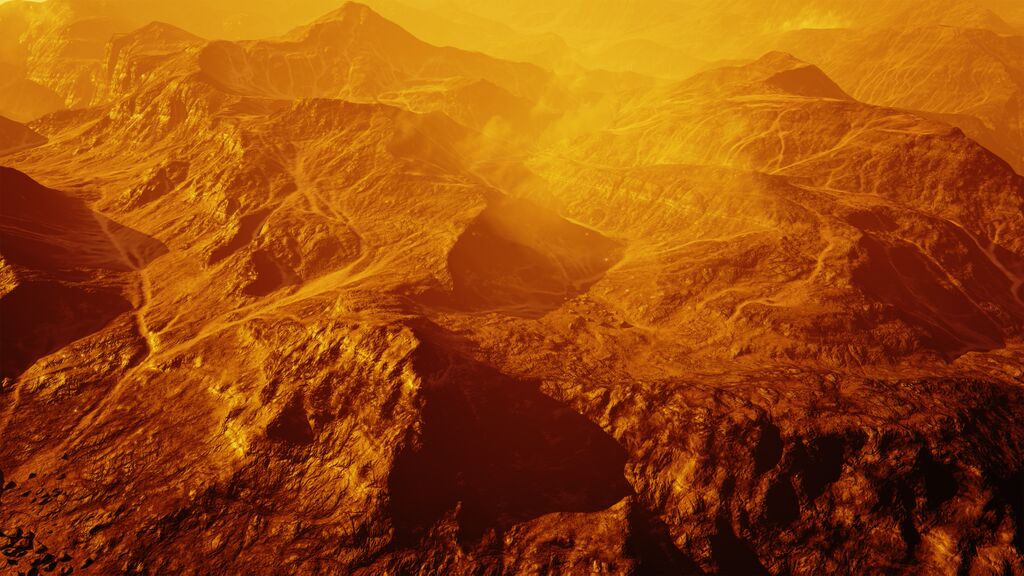
Co-presented by the Museum of Contemporary Art Australia (MCA) and UNSW Art & Design's National Institute for Experimental Arts (NIEA) the Energies in the Arts Conference extends the understanding of energy beyond politics and environmental catastrophe to encompass more heterogeneous fields across the creative arts. Art’s relationship with energy is implicit in light, colour, kinetic, sonic, electronic, metabolic, physical, physiological, neurological, solar and sensory energy. Ask musicians what they work with and they may say ‘the energy in the room’.
Energies in the Arts brings together an unmissable group of international speakers, academics and artists for three days. The just-released program includes a range of subject matter that extends as far as the multitudinous qualities of energy.
UNSW Art & Design graduate David Haines and PhD candidate Joyce Hinterding whose exhibition, Energies: Haines and Hinterding, is the catalyst for the conference look at three phases of their artistic practice. Their collaborative practice incorporates experimental and traditional media to investigate Hinterding’s fascination with energetic forces and Haines’ attraction to the intersection of hallucination and the environment.
Douglas Kahn (Professor, UNSW Art & Design and NIEA) contrasts the early military use of trees as antennas by Major General George O. Squier, better known as the inventor of Muzak, with the use of trees in the performative telecommunications of the American artist Leif Brush beginning in the 1960s, as a way to ask about energies, communications and survivability in the Warm War.
Martin Howse, an artist based in Berlin and London traces the transition from material transformation and complete expenditure of the world's energy towards a contemporary electro-chemical economy of light-ecology and social cybernetics.
Linda Henderson (David Bruton, Jr. Centennial Professor in Art History, University of Texas, Austin) looks at modern and contemporary artistic responses to energy in public and scientific discourse. A surprising number of modern artists responded creatively to the phenomena in electrical discharge tubes filled with rarefied gases (Crookes tubes, Geissler tubes) as well as to the tubes themselves—from Marcel Duchamp, Umberto Boccioni, and Wassily Kandinsky to later artists Lucio Fontana and Vassilakis Takis. This lecture explores the way in which such illuminating energies provide important new insight.
Frances Dyson (Professor Emerita, Cinema and Technocultural Studies, University of California, Davis) closely examines the oeuvre of Canadian artist Catherine Richards, whose work explores, the “excitable tissues” of the heart, the electrical impulses of the brain, and the invisible electromagnetic energies that both surround and haunt us.
Christie Pearson (Artist, Writer and Architect, Toronto) investigates a history of body-generated immersive environments and the bath as a recurrent theme in contemporary art.
Julian Priest (Artist & Senior Lecturer, Massey University, Wellington) discusses The Weight of Information, an interdisciplinary artwork based on a pico-satellite that was launched into low earth orbit in 2014 and was accompanied by a series of Earth based public events called Meet to Delete. His paper briefly describes the project and goes on to develop the underlying themes of gravity, aggregation and information both in physical terms and as metaphor.
You can download the full program from the Energies in the Arts Conference page.
The Energies in the Arts Conference runs from 13-15 August 2015.
Dates and Venue
Thu 13 & Fri 14 Aug, 10am – 5pm, MCA Australia, Veolia Lecture Theatre
Sat 15 Aug, 9.30am – 4.30pm , EG02 Lecture Theatre, Paddington campus, UNSW Art & Design
